|
We reached out to our festival filmmakers to ask them questions about the experience of making their films.
What inspired this story?
Imagine one of the world’s most iconic big cats in one of the world’s most desolate places… Lions surviving in the dunes, along the coast, on the endless gravel plains of the Namib Desert – it is so unlikely, so unexpected, and yet they really do exist there. Thanks to scientist Dr. Philip Stander having studied the desert lions for nearly two decades, we were able to do something that had never been done before: to make a behavioral film on these elusive big cats. Though desert lions had been filmed before, our aim was to make an in-depth film about a specific pride, so when Dr Stander told us that one of the prides had given birth to a cohort of five male cubs, which is a unique occurrence, we jumped at this once-in-a-lifetime opportunity. We wanted to document their life story, which would allow the audience an intimate insight into the extraordinary world of this unique kind of predator. Without Dr. Stander’s intensive and long-term research on the desert lions this would have never been possible, and the desert lions would still remain largely unknown to the rest of the world. Were there any surprising or meaningful experiences you want to share? When you’re out in a desolate wilderness like the Namib for over two years to follow a pride of desert-adapted lions, you’re bound to have countless surprising and meaningful experiences, as we did. But our most valuable experience was that the old lioness of the pride brought us both the most astonishing, and the most tragic, scene. At nearly seventeen years of age,- which is very old for a lion in the wild-, we filmed her in a spectacular head-on collision with a fully-grown bull giraffe. And several months later, we were by her side when she died, of old age. With Dr Stander having followed the lioness her entire life, she had provided him with extensive knowledge on a desert lion’s life. As we filmed the scientist taking off her collar, we realized how rare this specific scene was, for one hardly ever finds, let alone documents, a desert lion dying of old age - most of them are tragically killed, due to human-lion conflict. Through the eyes of the old lioness we were able to show our audience the essence of a desert-adapted lion’s life. With her courage, resilience, and endurance the old lioness showed us what it takes to be a true desert lion. It was a great privilege to be able to tell her story.
positive and beautiful story of our lion pride. We believe that that is the story we needed to tell, to reach and affect large audiences worldwide. We hope this captivating film will bring more attention to desert lions, increase tourism potential for the Northern Namib where they occur, and that a better human-lion conflict management plan will be put in place to effectively conserve these incredible big cats. Essentially we hope that our film will have such an impact that it will actively contribute to protecting the last of these unique lions.
Describe some of the challenges faced while making this film. It was a challenge to work in a desert environment. Aside from the blasting sandstorms, the freezing cold, thick fog clouds and other unpredictable weather conditions, the biggest challenge was the extremely sensitive terrain of the desert. New car tracks could scar the landscape for decades, so to keep our impact as small as possible, we would often see our pride walk off across the immense gravel plains without being able to follow them. Most of the desert is still untouched and pure. We wanted to keep it that way, even though it meant that we would sometimes not see our lions for weeks on end. Another challenge was to keep up with the lions. Desert lions have enormous home ranges and move over incredible distances. We lived like nomads so that we were mobile and flexible to be able to keep track of them. Our Land Cruiser was both our filming vehicle and our home for more than two years - we had a rooftop tent to sleep in and set up camp in a different place every night. It gave us a sense of freedom you can hardly ever experience anywhere else. It allowed us to stay closer to the lions, and therefore brought us wonderful filming moments we wouldn’t have had if we had lived at a permanent base. What drove you as a filmmaker to focus on big cats? Lions are in decline all over the world, and as they play a vital role in our ecosystems they are in great need of protection. As wildlife filmmakers we have the ability to reach the masses, to instill an appreciation for big cats, and hopefully change attitudes to influence decisions regarding their protection. In that way we can ensure their conservation. Lions are highly adaptive and live in a variety of habitats, but there is only one place on earth where they occur in the desert. The Namib. And as desert lions live such extraordinary lives and are pushed to their very limits, they are symbolic to what a lion, as such an iconic species, is really capable of. But with fewer than 120 desert lions left, and only a few adult male lions remaining due to human-lion conflict and trophy hunting, the small population is under threat. We felt their story had to be told, as the world needs to take notice of the dire situation these unique big cats are in. Thanks to Dr Stander having studied the desert lions for nearly two decades, it was possible to capture their survival strategies on film, to really show what sets them apart from lions elsewhere. We believe a compelling in-depth wildlife film like ‘Vanishing Kings’ can be an effective tool in reaching audiences worldwide, and making them aware of the daunting reality that our big cats are about to vanish, in front of our eyes…
3 Comments
Denine Mishoe
7/27/2018 02:51:49 pm
WHAT A JOKE! I find it absolutely insulting to these lions of the desert that another book is being published on these desert-adapted lions while everyone turns a blind eye to the poisonings and killings of these lions - pride males, females and even the cubs!!! Do something to stop their deaths and stop making money off them while you do nothing to save them! SHAME ON YOU! 😡😡😡 #BOYCOTTNAMIBIA #NOTMYHOLIDAY
Reply
Questions:
Reply
Abbey Greene
1/13/2020 03:11:04 pm
Unfortunately, we are not the filmmakers or a distributor for the film. We are a nonprofit known for our "wildlife film competition," the Jackson Wild Media Awards. This film was entered into our competition, so our knowledge about the film beyond the film itself is pretty limited. You can always visit https://www.vanishingkings.org/ and https://vanishingkingsbook.com/ for more information! Leave a Reply. |
Archives
March 2024
Categories
All
|
Contact UsJackson Wild
240 S. Glenwood, Suite 102 PO Box 3940 Jackson, WY 83001 307-200-3286 info@jacksonwild.org |

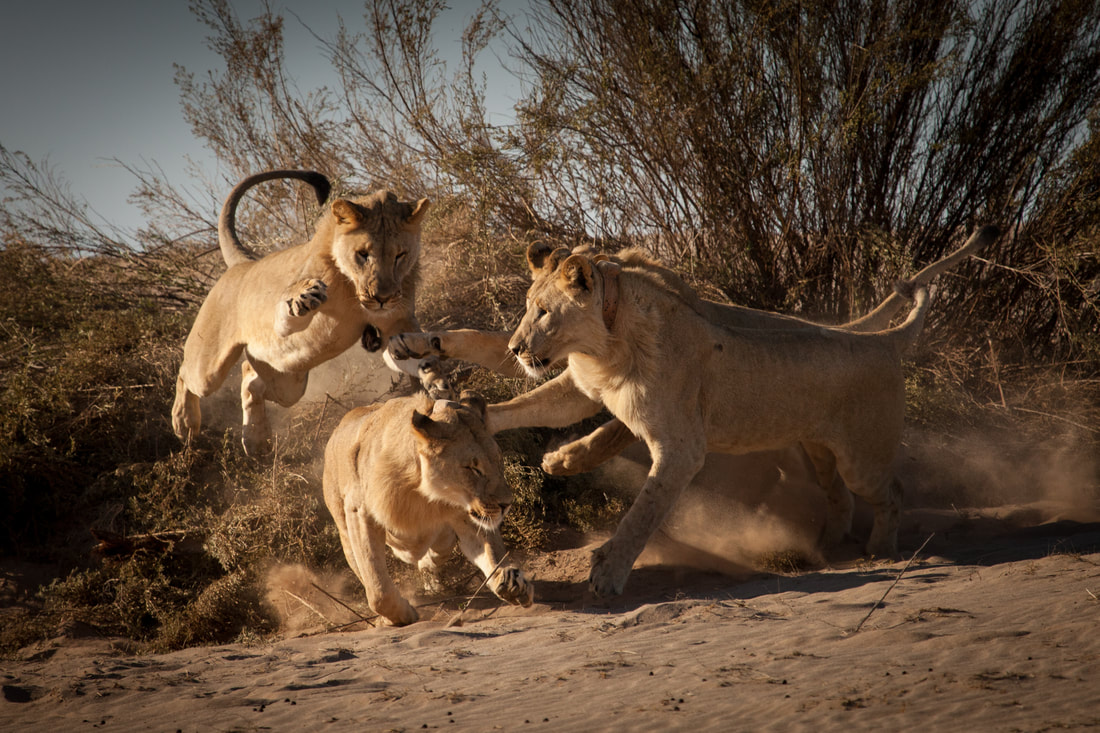
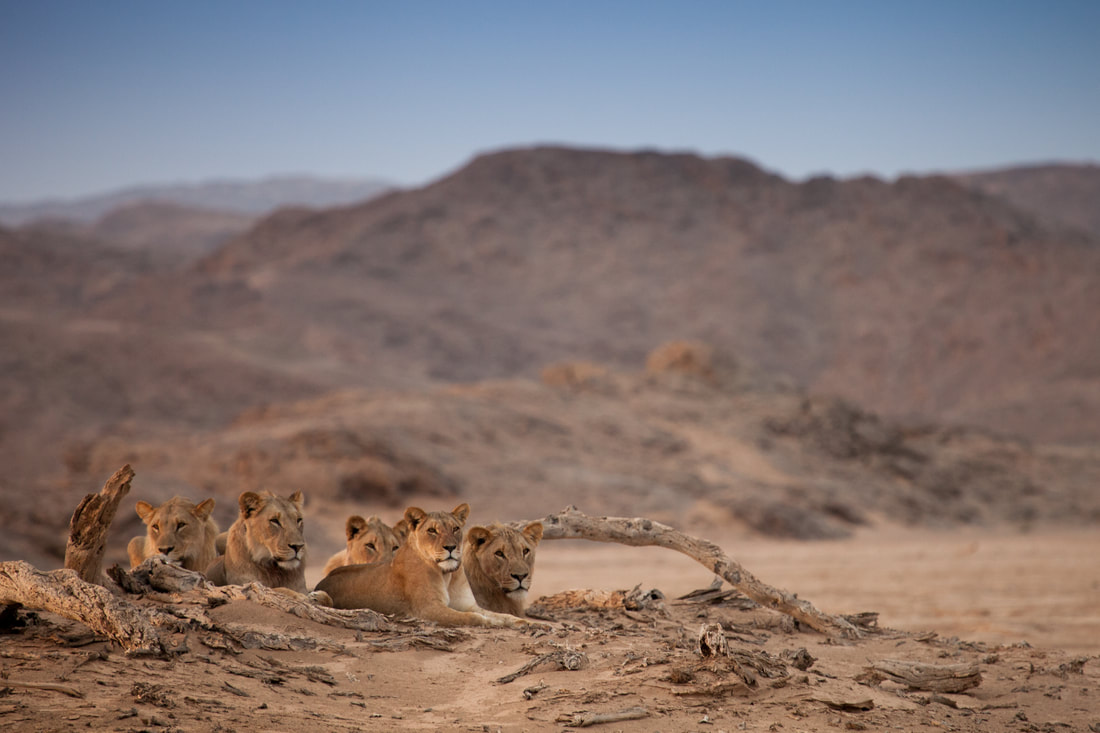
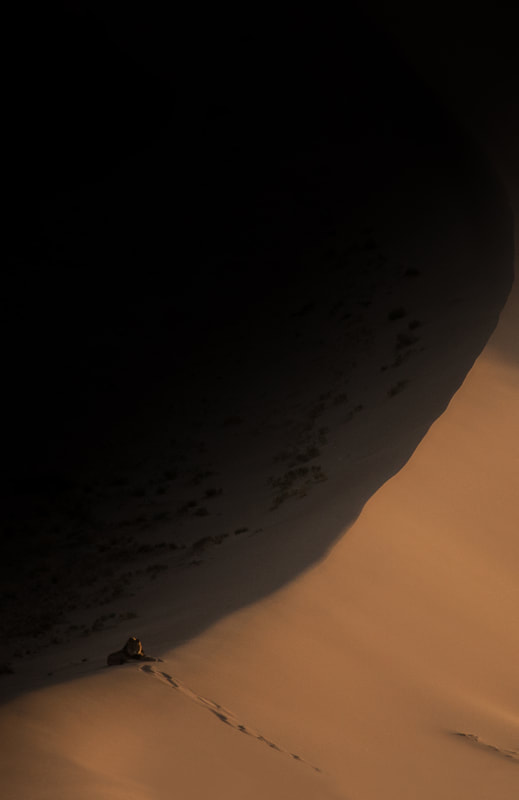
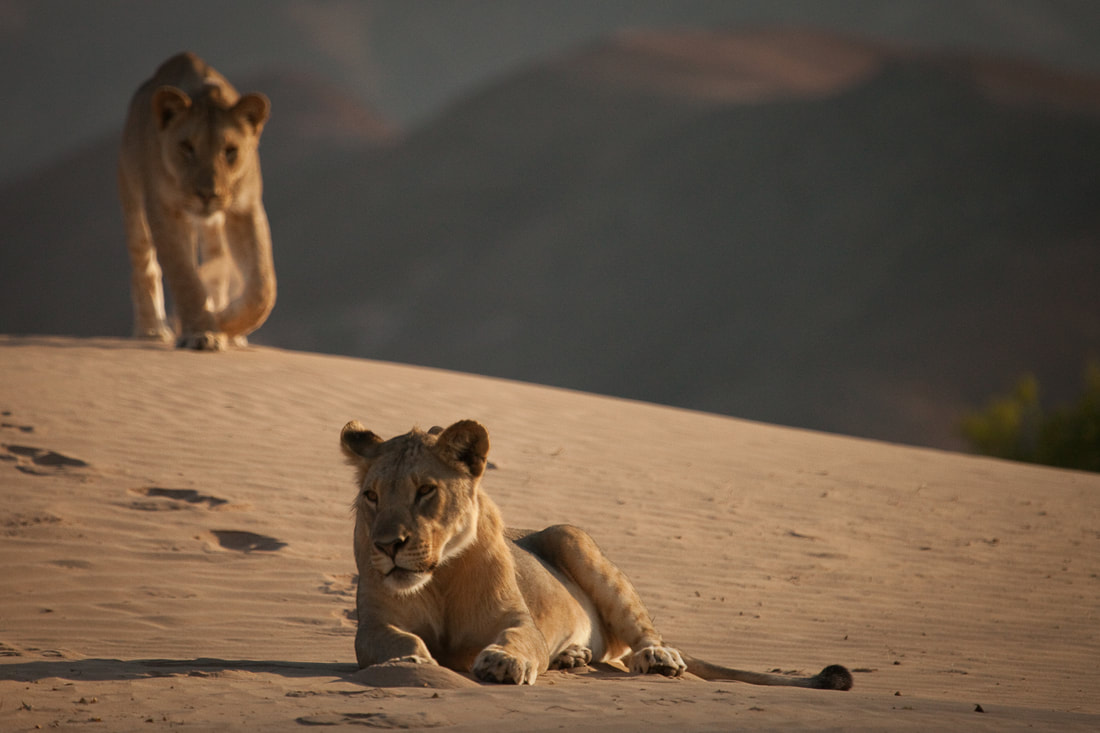
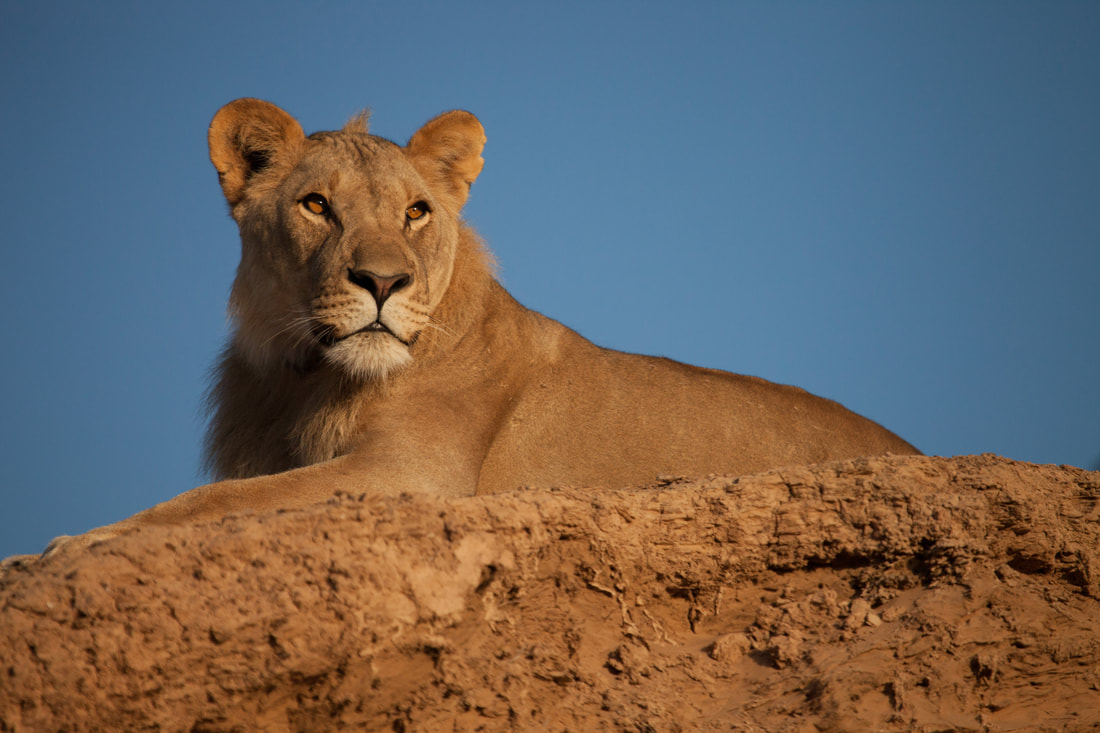
 RSS Feed
RSS Feed